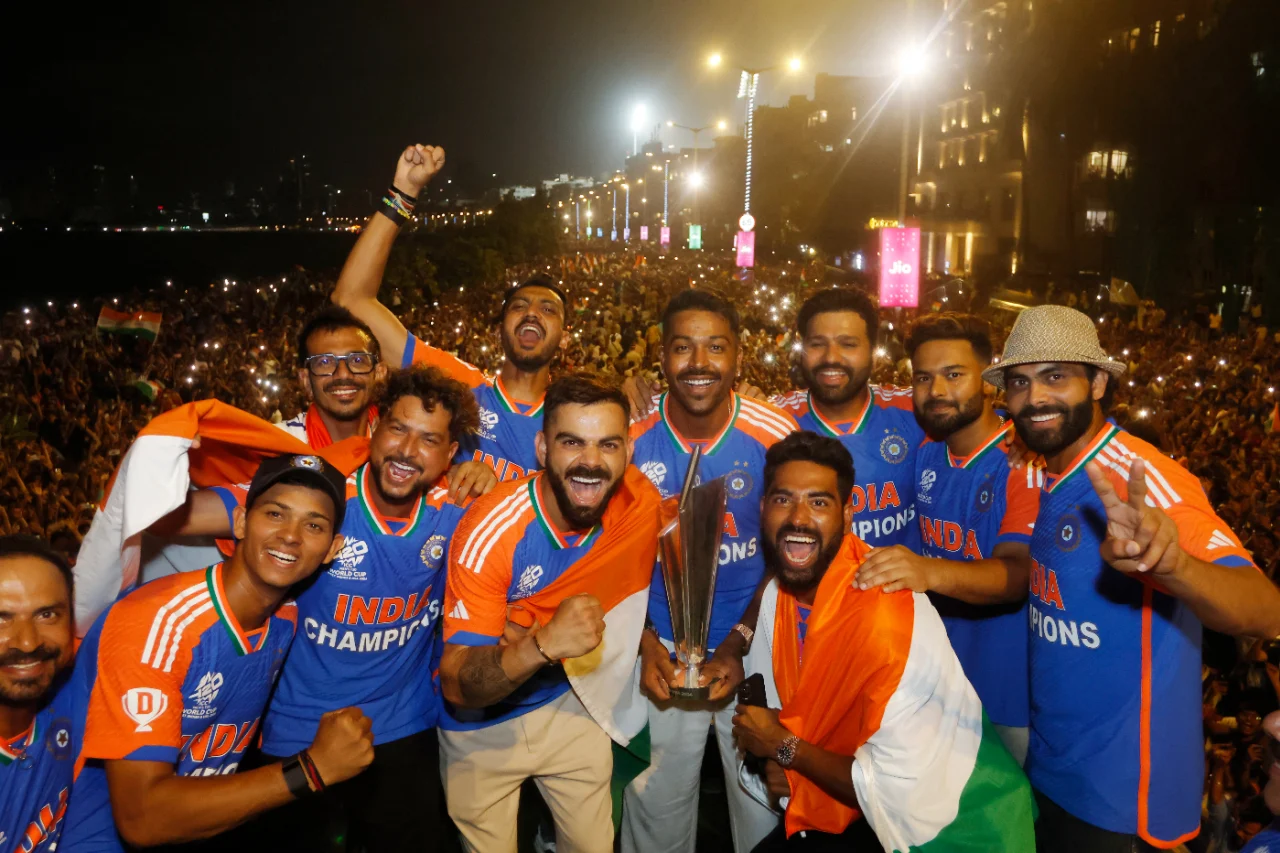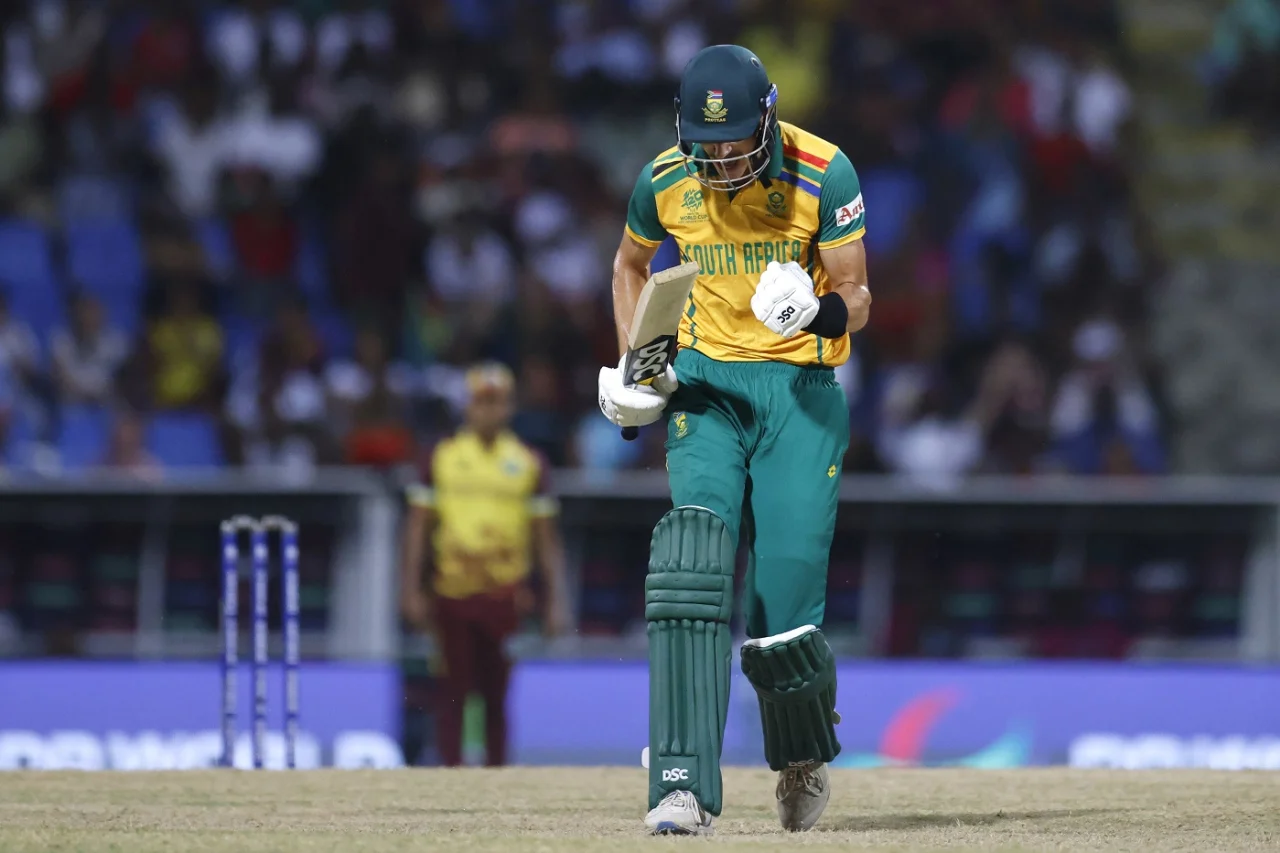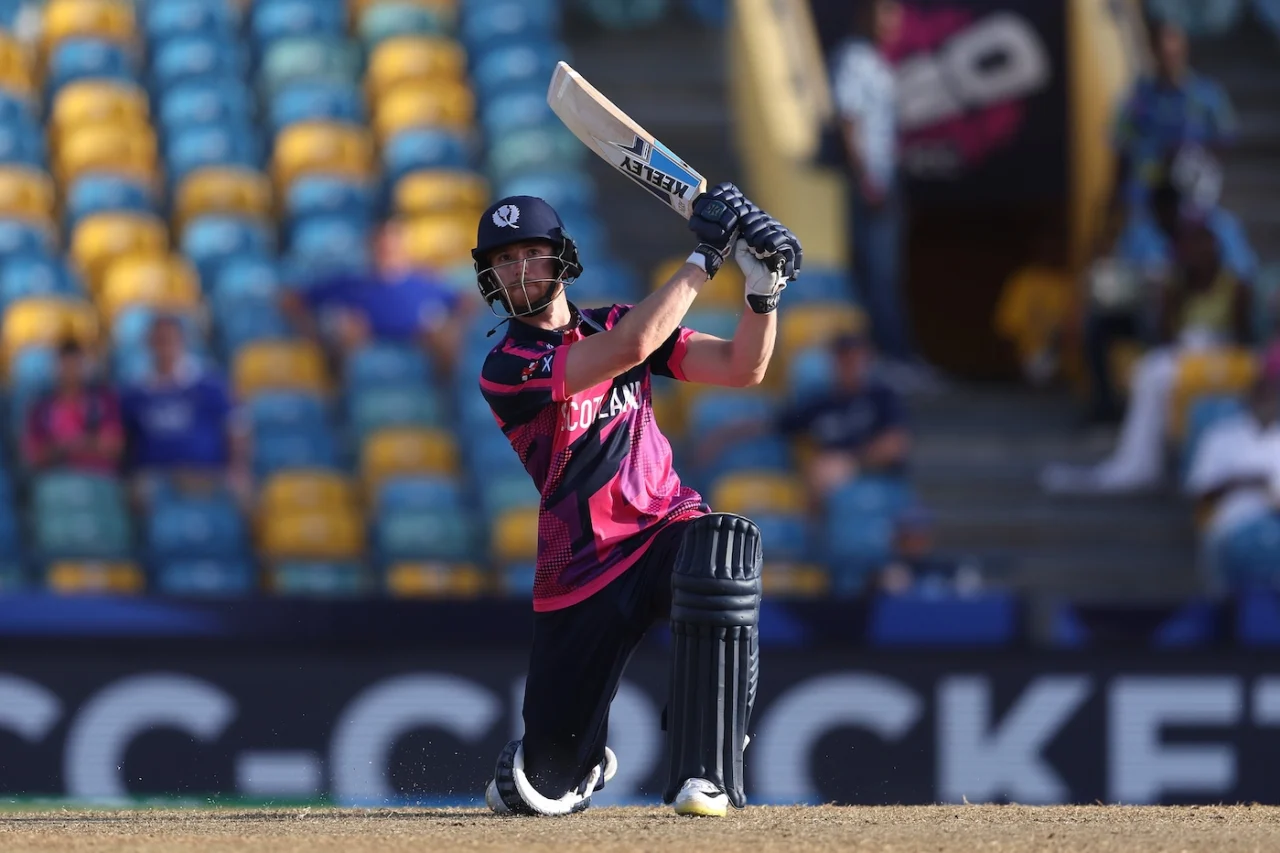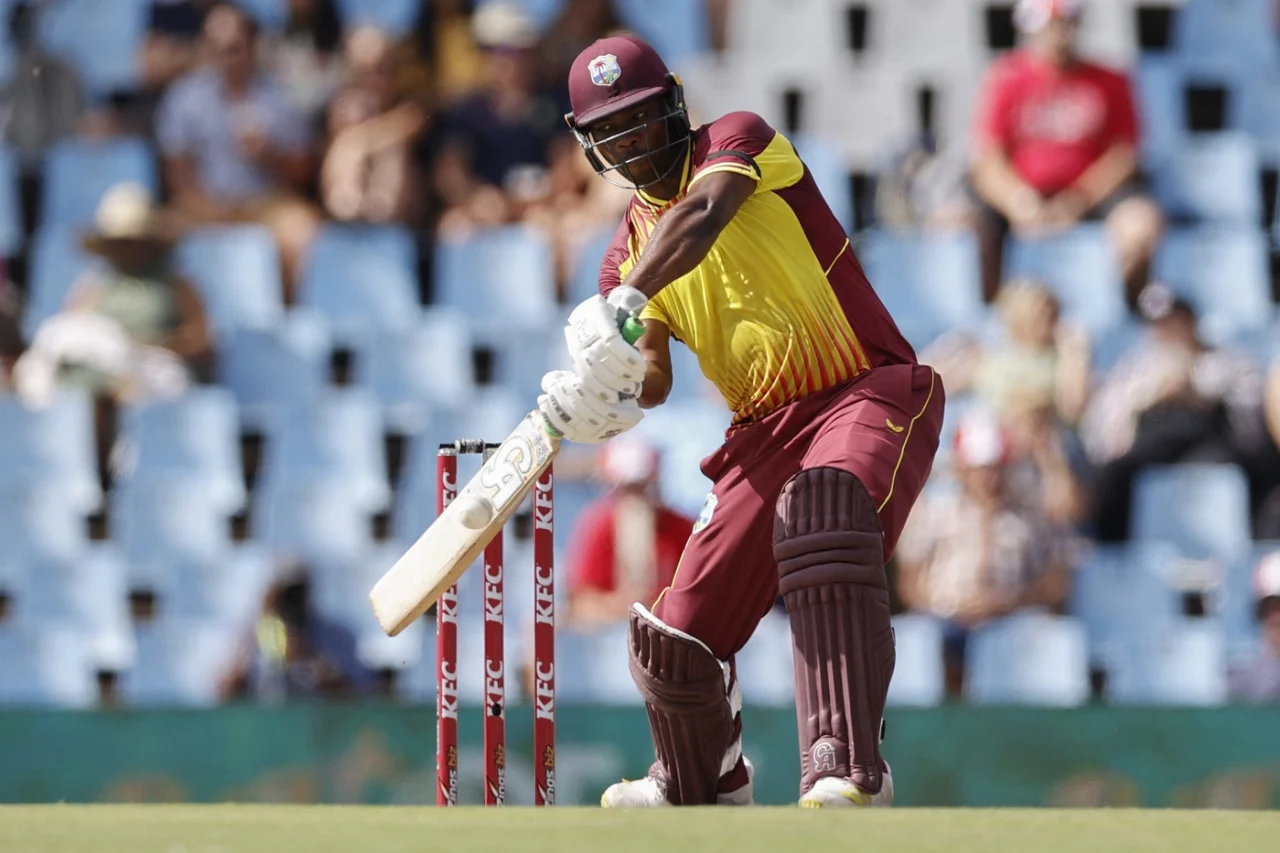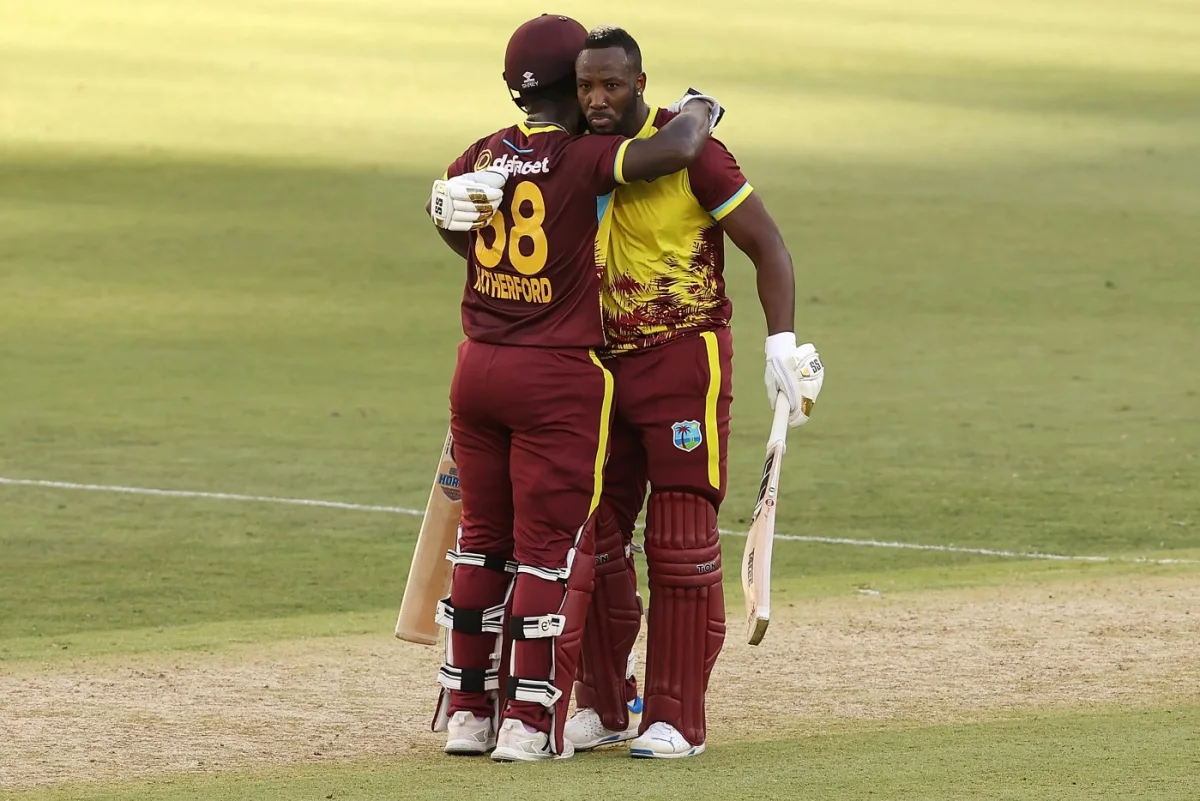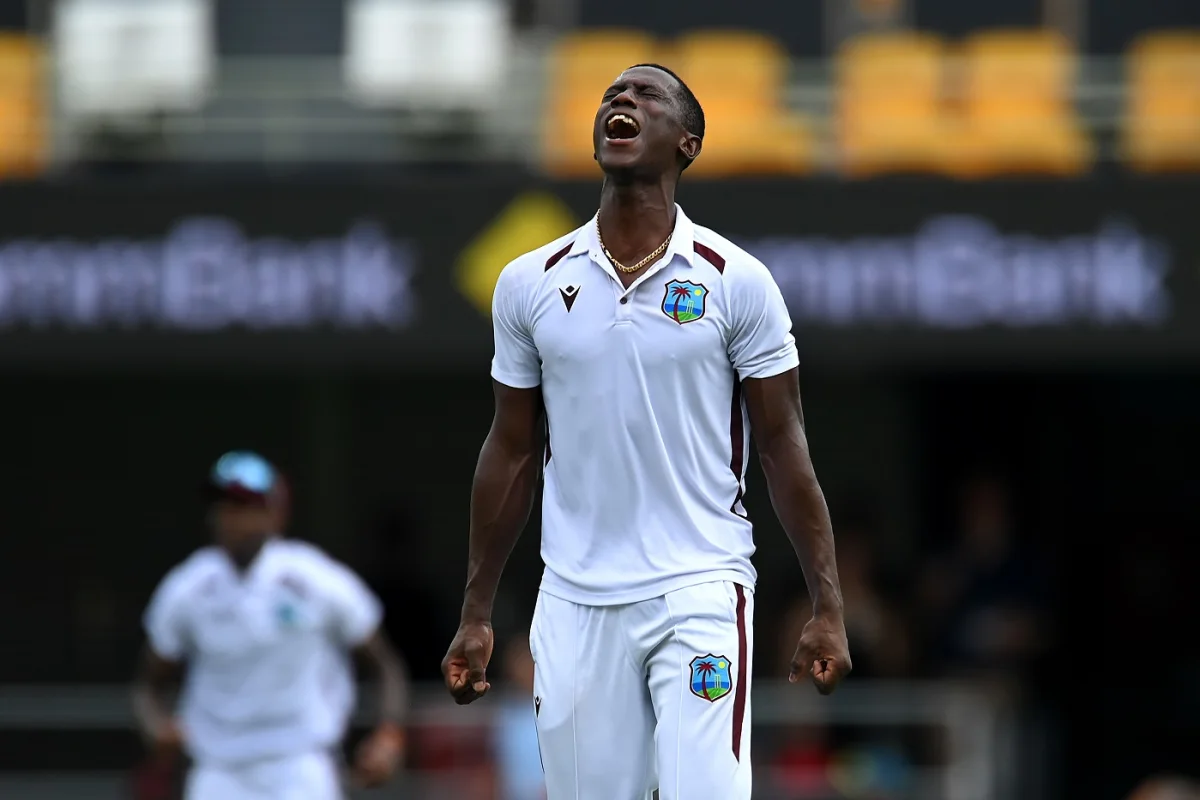
Firecrackers in the daytime are a zinger without a joke. So no one giggled when an impact tore a sparkling strip through the blue vault above Newlands at 4.22pm on Saturday. An hour and eight minutes would pass before the principal ball was bowled in the SA20 last, and there were three hours and 22 minutes of stunning sunshine left in the early evening.
Nearer to the critical point in time, the XIs arranged to sing South Africa’s public song of praise. Completely fine, assuming we should mistake sport for war. Be that as it may, for what reason were the four English players and the one each from Australia, Sri Lanka and Afghanistan in the line-ups expected to remain to consideration in the event that their nations wouldn’t have been perceived similarly? What’s more, could we at any point sincerely say the competition is a South African peculiarity?
You say, “Hold on.” The SA20 is not for grizzled grinches who get caught up in peripherals that cannibalize the cricket; it is for kids. However, it is not. Research led by Nielsen on the competition’s initial 19 matches this year found that 63.6% of the South African TV crowd was 50 or more established with a typical age of 57.
Why? The match was 10 overs old when a sign snapped from a walkie-talkie conveyed by one of the getting sorted out staff: ” We have an exceptionally elderly person here who says the sound in the WPCC is excessively clearly. Might you at some point kindly turn it down a little?” The Western Territory Cricket Club, whose stand droops along the south-eastern limit, is a famous storehouse of grizzled grinches. They need to see the cricket, yet they’re not inspired by the other stuff – the face-painters, banner falters and firecrackers; you know, the good times. So they will generally leave Newlands to the attack of plaguing babies and watch the matches on TV from the wellbeing of their love seats. Best they are never exposed to the full-front facing attack on the faculties that comes standard for IPL observers.
Absolutely, the ground stunk of youth on Saturday. A sizeable room straightforwardly inverse the WPCC houses a presentation dedicated to the historical backdrop of this spot and how it formed and was molded by life and cricket in the territory. It stood shockingly void even as a school of more current, fresher fish swam straight past while heading to the following piece of tomfoolery.
The amazements in the TV research figures didn’t end with age examination. Consider that 45.1% of the competition’s South African watchers were female – scarcely a shock, yet enjoyably higher than could have been normal – and 44% were Afrikaans contrasted with the 30% English-speakers. Simply 13% talked one more of the country’s 11 authority dialects, a reality no question impacted by the competition being limited to SuperSport’s membership administrations – which are past the spending plans of many dark South Africans.
In any case, similar to it says in section two over, the South Africanness of the SA20 is being referred to. With every one of the six establishments possessed by IPL outfits as well as their namesakes, and with in excess of a couple of Indians close by to assist with running the competition, India is all over. How the current year’s SA20 has arrived there wasn’t managed in the exploration figures, yet in India the 2023 version accumulated five-billion survey minutes, appreciated 104-million computerized video sees, and contacted 131-million individuals. How did that contrast and the IPL? Dramatically, as in the last option had 427.1-billion survey minutes – in excess of 85 fold the number of as the SA20.
Faf du Plessis was second just to Shubnam Gill among the runscorers and Heinrich Klaasen made one of the dozen centuries recorded. In any case, it would be ludicrous to guarantee the IPL was remotely close as South African as the SA20 without a doubt is Indian – and that in spite of the way that no Indians play in it, according to BCCI decides in regards to associations that are not the IPL.
Not even Klaasen and his strike pace of 208.87 going into Saturday’s last could prevent Durban’s Super Monsters from lessening to a far off second spot behind Sunrisers Eastern Cape, who effectively protected the title they won a year ago. Helped by umpire’s call, the shrewd Ottniel Baartman caught Klaasen in front first ball with a conveyance that went towards leg. It was Klaasen’s eleventh first-hotshot in quite a while of any kind and level returning to his under-19 days, however the main occasion since April 2014 – in itself a proportion of his improvement as a power at the wrinkle. Before Saturday, Klaasen went 30 innings without making a duck.
DSG were 63/4 after 10 overs when Klaasen took watch and 115 hard and fast 37 balls after he was excused, their last seven wickets crashing for 52. It would have required far superior batting than that to redesign even a sensible objective, substantially less SEC’s 204/3 – the 10th most elevated first innings in the competition this year.
Keshav Maharaj eliminated Jordan Hermann and Tom Abell – who shared 90 off 52 – in four conveyances in the eleventh to lessen SEC to 106/3. However, that was DSG’s last motivation to celebrate as Aiden Markram and Tristan Stubbs set about the organization that would develop to a whole 98 off 55.
The procedures finished with firecrackers, obviously. This time they shouted and took off into the night sky.














